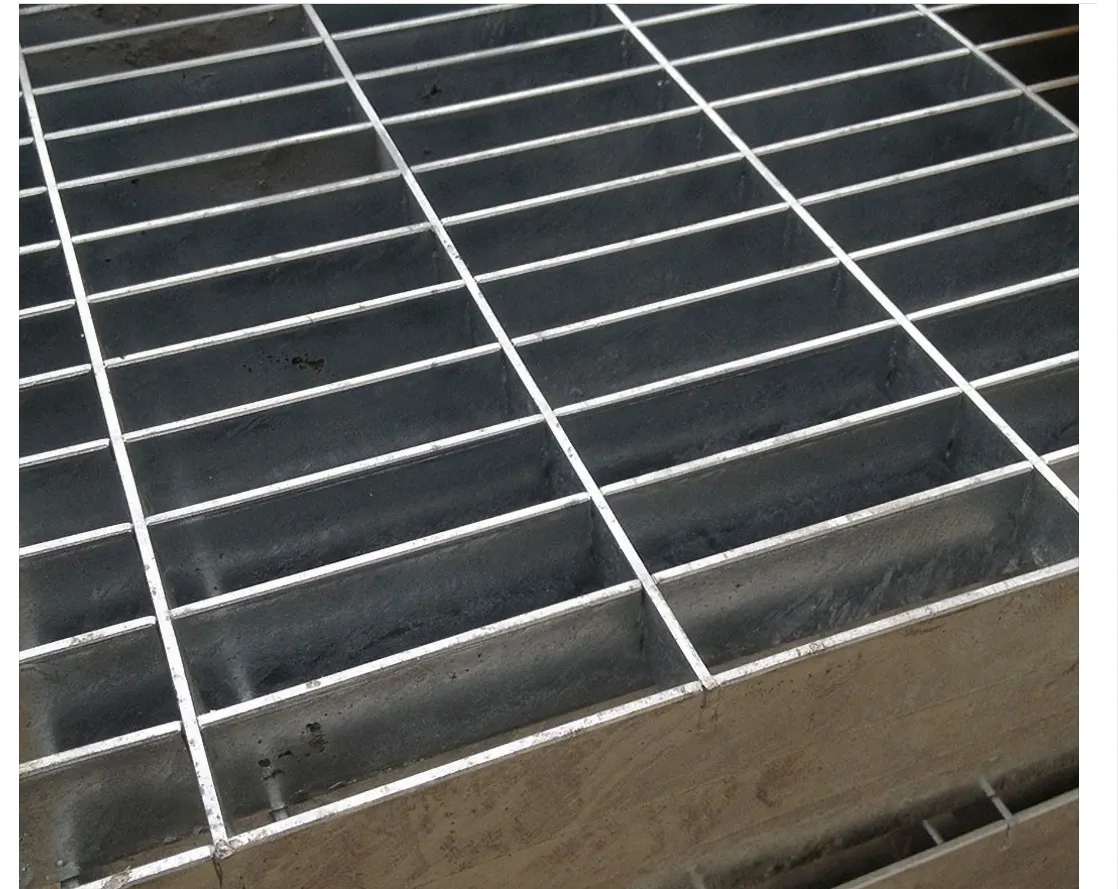Acoustic Barrier Fence Effective Solutions for Noise Pollution
In an increasingly urbanized world, noise pollution has emerged as a significant environmental concern, affecting quality of life, health, and well-being. One of the most effective responses to this challenge is the implementation of acoustic barrier fences. These specialized structures play a crucial role in mitigating sound transmission and creating quieter, more peaceful environments, particularly in residential areas, near busy highways, railways, and industrial locations.
Understanding Noise Pollution
Noise pollution is defined as unwanted or harmful sounds that disrupt the natural balance of the environment. Sources of noise pollution vary widely, including transportation (cars, buses, trucks, trains), industrial activities, construction projects, and recreational activities. Prolonged exposure to high noise levels can lead to a myriad of health problems, including stress, hearing loss, sleep disturbances, and cardiovascular issues. Therefore, effective noise reduction measures are essential to safeguard public health and enhance overall well-being.
What is an Acoustic Barrier Fence?
An acoustic barrier fence, often referred to as a sound barrier or noise barrier, is specifically designed to reduce noise pollution by blocking or absorbing sound waves. These fences are typically constructed from dense materials, such as concrete, wood, vinyl, or specially formulated acoustic panels, which help to minimize sound transmission. The height, thickness, and material of the fence all play vital roles in its effectiveness. Generally, higher and denser barriers provide better noise reduction.
How Acoustic Barrier Fences Work
The primary function of an acoustic barrier fence is to interrupt the direct path of sound waves. When sound waves encounter the barrier, they either reflect off the surface or are absorbed. The design also considers the angle of sound waves and their frequency, with lower frequencies typically being more challenging to block. Acoustic barriers can be strategically placed between noise sources and receptors (like homes and schools) to maximize their effectiveness.
Benefits of Acoustic Barrier Fences
acoustic barrier fence

1. Noise Reduction The most apparent benefit is the significant reduction in noise levels. Studies have shown that well-designed acoustic barriers can reduce noise by as much as 10-15 decibels, which can make a notable difference in perceived sound levels.
2. Enhanced Privacy Beyond noise reduction, these fences provide an added layer of privacy for residential properties, particularly those located near busy roads. They create a physical and auditory barrier, allowing residents to enjoy their outdoor spaces without the intrusion of external noise.
3. Aesthetic Considerations Modern acoustic barrier fences come in various styles and materials, allowing them to blend into their surroundings. This aesthetic flexibility means that they do not necessarily have to detract from the beauty of the area while still performing their primary function.
4. Environmental Impact By mitigating noise pollution, acoustic barriers help protect local wildlife that may be sensitive to sound disturbances. Reducing noise can promote healthier ecosystems, allowing flora and fauna to thrive without human-induced stress.
5. Cost-Effective The installation of acoustic barrier fences can be more economical in the long run compared to other noise-reduction solutions, such as extensive landscaping or structural modifications. They often deliver significant noise reduction with relatively low maintenance costs.
Considerations for Installation
When considering the installation of an acoustic barrier fence, several factors must be taken into account, including local zoning laws, the specific noise sources, and the characteristics of the surrounding environment. Consulting with experts in acoustics and local regulations can ensure the design and implementation of an effective barrier that meets the unique needs of the area.
Conclusion
In the battle against noise pollution, acoustic barrier fences stand out as an effective tool for noise mitigation. They deliver multiple benefits, from improving health outcomes related to noise exposure to enhancing privacy and aesthetics. As urban areas continue to grow and evolve, integrating sound barriers into urban planning and development will be essential for creating more livable and sustainable communities. By prioritizing noise reduction strategies like acoustic barriers, we can pave the way toward a quieter, healthier future.
-
The Strength and Versatility of Aluminum Expanded Metal Mesh
NewsJun.10,2025
-
Safety Guards and Machine Enclosures Using Expanded Mesh
NewsJun.10,2025
-
Performance with Round Hole Perforated Mesh in Wall Panels
NewsJun.10,2025
-
How Steel Grating Trench Covers Distribute Weight Efficiently
NewsJun.10,2025
-
How Deck Mesh Railing Enhances Backyard Aesthetics
NewsJun.10,2025
-
Comparing Bar Thickness and Spacing in Steel Grating
NewsJun.10,2025
Subscribe now!
Stay up to date with the latest on Fry Steeland industry news.

